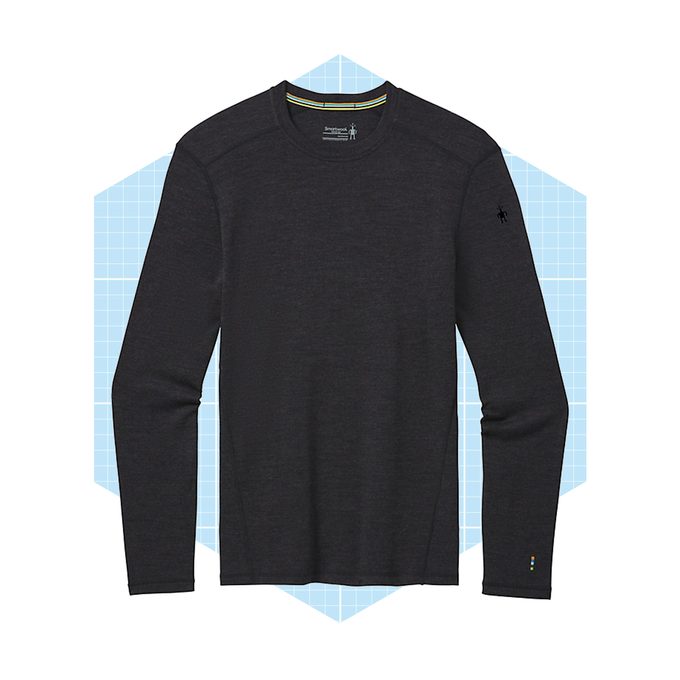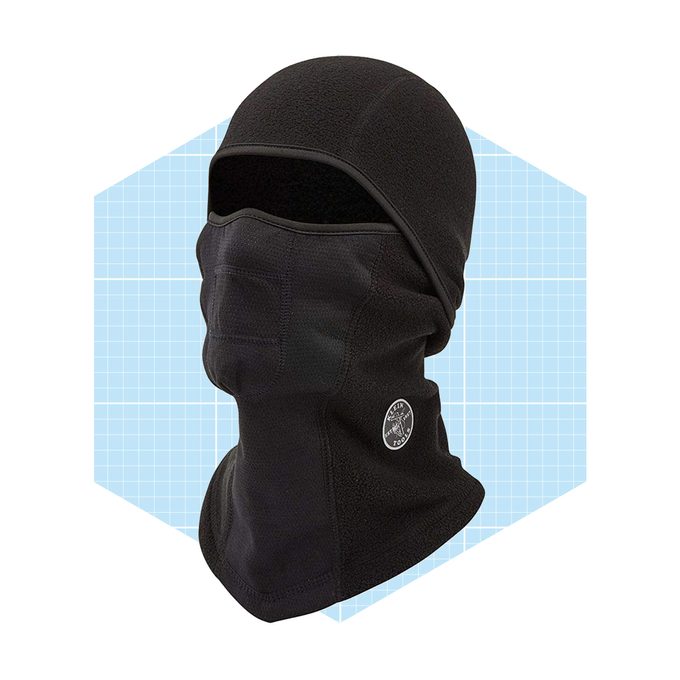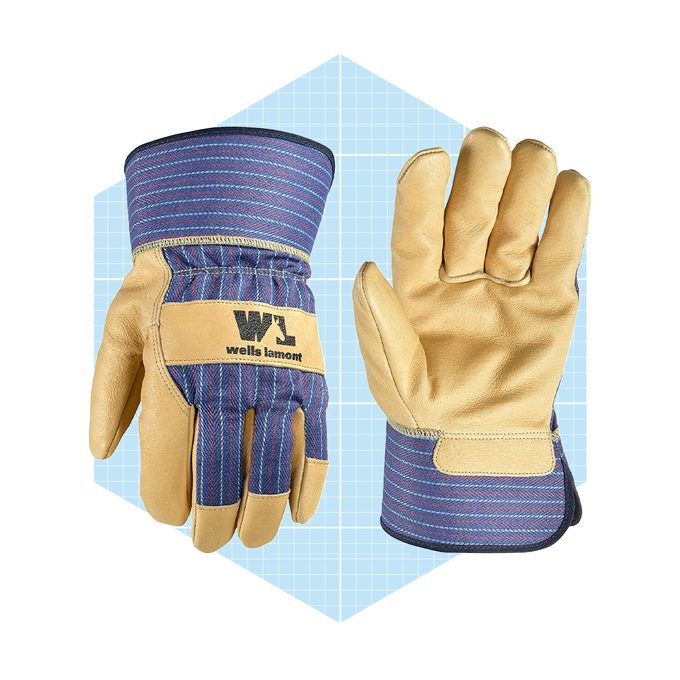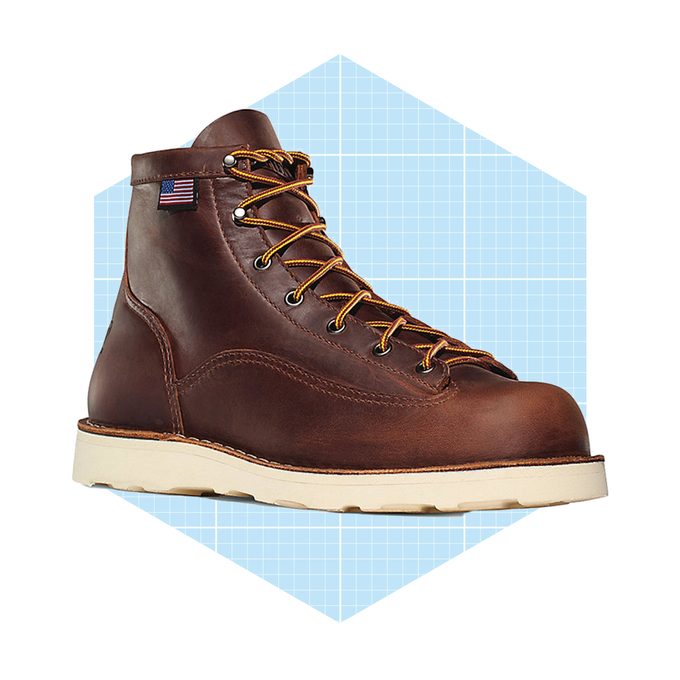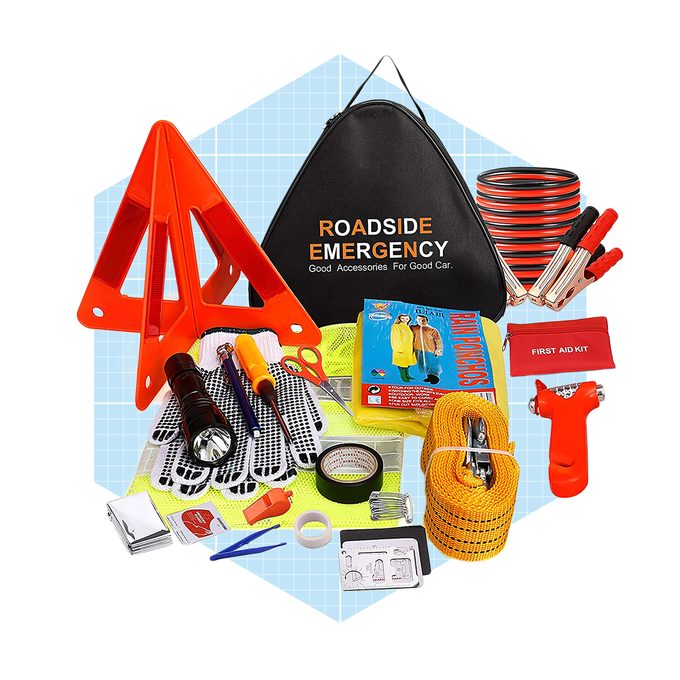12 Winter Safety Tips for Outdoor Workers
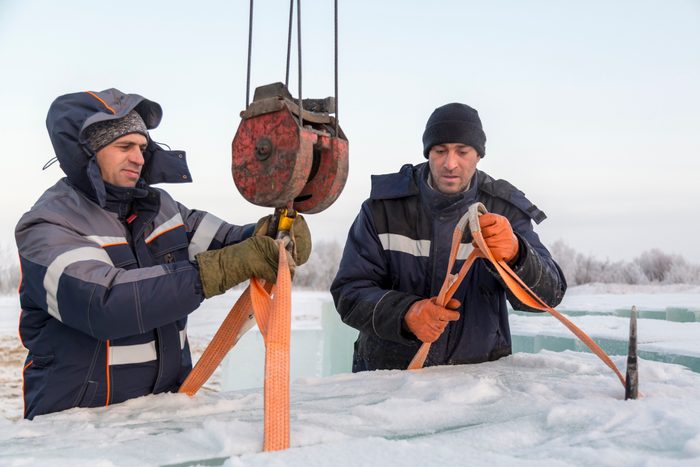
For many, the job can't stop when the snow starts falling. Prepare for winter weather now so you can work hard and return home at the end of the day.
Our editors and experts handpick every product we feature. We may earn a commission from your purchases.
Chipper, winter-loving Northerners love to say, “There’s no bad weather, only bad clothes.”
I repeated that mantra to myself every chilly day when I was an electrician in Minnesota. If we didn’t work through the cold, we’d never get anything done!
Sub-zero temps and slippery work sites can sideline workers and delay the project. By taking basic precautions, you can finish the job and make it home safely.
On This Page
Wear Layers
We’ve been hearing this advice since childhood, but it really works. Layers of clothing keep your body warm by wicking away sweat and insulating you against the cold and wind. Three layers work best, and you can shed them as the conditions dictate.
Polyester, silk or wool is best for the first layer. These materials draw moisture away from your body better than cotton and dry out more quickly. Next, an insulating layer, like a flannel work shirt or denim jeans, provides a thermal barrier. On top should be a water- and wind-resistant coat or coveralls to keep the inner layers dry.
Protect Your Head and Face
Your ears, nose and cheeks are particularly prone to frostbite. It’s hard to get a big stocking cap under a hard hat, but thin, beanie-style liners cover your ears and fit under protective headgear. For severe conditions, fleece balaclavas cover your entire face.
Wear Insulated Gloves
Keeping your hands warm while working in the cold is a challenge. It’s hard to do delicate tasks like picking up screws with bulky gloves on, but it’s important to protect your extremities from frostbite. Wear insulated, thinner gloves near your skin and pull on thick leather outer gloves when dexterity isn’t an issue.
If you must remove your gloves to spin on a nut, do it quickly and invest in hand warmers.
Work in Pairs
It’s hard to recognize the results of cold stress on yourself, especially when you’ve got a job to do. Using the buddy system helps. Watch each other for symptoms of hypothermia: shivering, slurred speech, drowsiness and lack of alertness.
If you feel exhausted or confused, or your skin is tingling, move someplace warm immediately and get medical attention.
Clear Snow and Ice
Work boots look tough but they slip and slide on ice just like any other shoe. Hazards lurk under piles of snow, so clear the walkways and driveways of the job site to let workers navigate them safely. Spread sand or kitty litter for traction.
This goes for your personal workspace, too. Clear your path to and from the gang box, and look around your immediate work area to take note of icy hazards. Here are a few tips to help you care for your leather work boots in the winter.
Stay Hydrated
It’s easy to become dehydrated in the winter because we often don’t feel as thirsty when it’s cold outside. Even mild dehydration can affect your concentration and memory. Drink water (not soda or juice) throughout the day and pay attention to signs of dehydration: dry mouth, dark urine, fatigue and headache.
Exercise
You work hard for a living, so you’re probably saying, “When do I have time to exercise?” People in better cardiovascular shape are better equipped to handle cold stress, so it’s important to keep your heart healthy.
If you’re exhausted at the end of the day and a long run is out of the question, playing sports may be a fun way to unwind. Aim for brief, heart-pumping exercise a couple of days a week.
Don’t Drink Alcohol
First the exercise, now the beer? Alcohol inhibits the body’s ability to recognize when it’s cold. It also dehydrates, and when you’re all bundled up it’s hard to know if you’re losing water. Save it for your days off and imbibe with moderation.
Bring a Change of Clothes
Nothing’s worse than working in wet clothes, except working in cold, wet clothes. Keep a change of clothes in your car or backpack. And don’t forget socks! Wet, cold socks can cause trench foot, a dangerous condition that can lead to tissue loss.
Watch the Weather
Install a good weather app on your phone and check it periodically when the skies threaten. Don’t be caught outside with no time to get to safety.
If you’re a foreperson or job superintendent, be aware of potential weather events that will impact your workers. Send people home early if the situation warrants.
Provide Emergency Kits
If you or your employees use company work vehicles, stock them with emergency roadside kits. This isn’t just for long-haul truckers, either. Even a crosstown trip to pick up supplies can turn dangerous if the weather changes or you’re involved in a collision or other accident.
This goes for your personal vehicle as well. Always carry a blanket and provisions, including bottled water, with you in the event you are stranded.
Prioritize Tasks
If the weather looks bleaker than usual, see if you can rearrange the schedule for the day. We’re all on a tight schedule, but the job won’t get done any faster if workers end up in the hospital from cold-related injuries.

